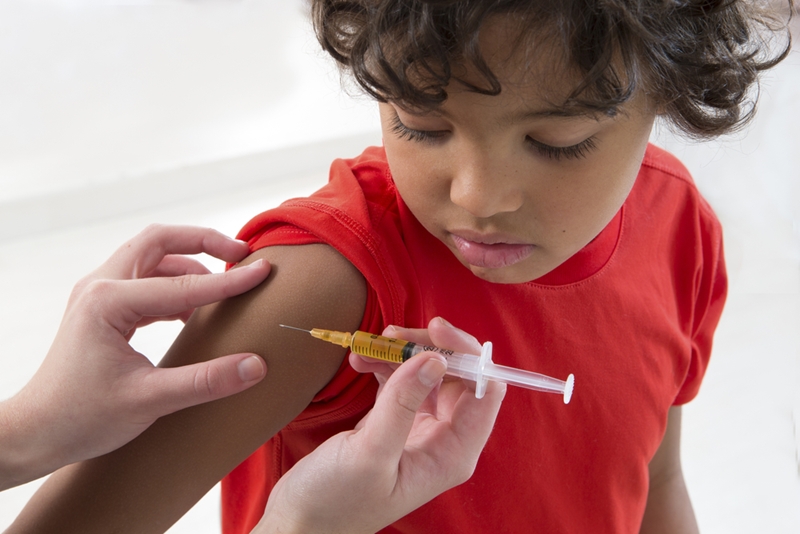Why are preventable diseases returning?
In December 2014, Disneyland in Anaheim, California, was linked to a widespread measles outbreak, reported NBC News. The outbreak swept through the U.S., Canada and Mexico. Over 300 individuals contracted the measles as a result. This event encapsulated a troubling trend: the reemergence of vaccine-preventable diseases.
Call it a comeback
Over the past eight years, a number of seemingly antiquated conditions have reappeared, reported Time magazine. The U.S. Centers for Disease Control and Prevention has reported cases of measles, mumps and whooping cough in dozens of states. These conditions have also surfaced in other parts of the world, reported the Council on Foreign Relations. And, according to The New York Times, the poliovirus is currently circulating in the Middle East. This week the World Health Organization advised Ukraine, the first European country to report cases of the disease in five years, to declare a state of emergency.
"Things are going in the wrong direction and have to get back on track before something terrible happens," WHO spokesman Gregory Hartl told The Times.
The vaccine controversy
Infectious disease doctors evaluated vaccination rates among those who contracted measles during the outbreak at Disneyland and estimated that 50 to 86 percent weren't vaccinated against the disease, reported the Los Angeles Times. Approximately 96 to 99 percent of the population must be vaccinated to create herd immunity.
This revelation reignited the vaccination argument. Vaccine proponents used the data and reports of similar outbreaks to justify their position while opponents argued that the vaccine was more dangerous than measles itself. Before a vaccine was developed in 1963, 2.6 million died each year from the disease, reported WHO. During a study published in the Journal of Allergy and Clinical Immunology, CDC researchers found that out of the 25 million vaccines administered between 2010 and 2011, only 33 individuals had serious reactions.

According to The Wall Street Journal, California has a below-average vaccination rate. Additionally, parents in the state can choose to forego immunizing their children. Last year, 92 percent of kindergarteners in California received the measles, mumps and rubella vaccine.
"We can expect to see many more cases of this preventable disease unless people take measures to prevent it," Dr. Gilberto Chávez, deputy director of the California Center for Infectious Diseases, said in an interview with The New York Times. "I am asking unvaccinated Californians to consider getting vaccinated against measles."
"Last year, 92% of kindergarteners in California received the measles, mumps and rubella vaccine."
According to WHO, global vaccination rates have leveled off. Experts believe this stagnation is a product of widespread vaccine hesitancy, reported NPR. Parents hesitate for a number reasons, including religious considerations and health concerns. Misleading science has exacerbated these fears. A single 1998 study linking MMR vaccines to autism caused vaccination rates to fall in the U.S. and Britain. The research was later discredited.
Closing immunization gaps
Officials at WHO believe health organizations must close immunization gaps to address the reemergence of vaccine-preventable conditions. To close these gaps, physicians must address vaccine hesitancy. "As the recent Ebola crisis tragically brought to light, engaging with communities and persuading individuals to change their habits and behaviors is a linchpin of public health success," WHO researchers wrote in a recent study.
"The problem is vaccine hesitancy," Ian Culbert, executive director of the Canadian Public Health Association, said in an interview with The Huffington Post. "That creates an opportunity for vaccine-preventable diseases to get a foothold."



